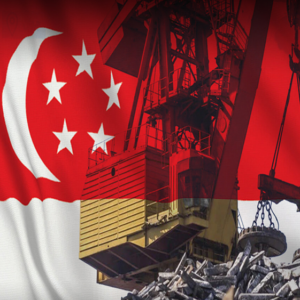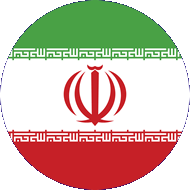Iron ore futures rose for a fourth straight session on Thursday, helped by low inventories and pre-holiday restocking, although concerns about lingering steel market weakness in the peak construction season capped gains.
The most-traded January iron ore on China’s Dalian Commodity Exchange (DCE) ended daytime trading 0.82% higher to 863.5 yuan ($118.68) a metric ton.
The benchmark October iron ore SZZFV3 on the Singapore Exchange gained 0.78% to $120.35 a ton, as of 0702 GMT, the highest level since March 17.
Solid demand for raw materials from blast-furnace-based steelmakers, expectations of a wave of pre-holiday” restocking, coupled with low inventories, supported (iron ore) prices,” analysts at Sinosteel Futures said in a note.
Iron ore shipments from suppliers have been steadily increasing, but consumption outside of China is expected to recover quickly, which will likely reduce some supply to China, analysts at Galaxy Futures said in a note.
Analysts at National Australia Bank said they continued to see downside risks to iron ore prices without further stimulus in China.
Other steelmaking ingredients strengthened, with coking coal and coke on the DCE rising 2.93% and 1.56%, respectively.
Most steel benchmarks on the Shanghai Futures Exchange climbed on higher raw materials prices and continuously falling stocks, but gains remained marginal amid lack of clear signs of improvement in downstream demand.
Rebar added 0.56%, hot-rolled coil advanced 0.31%, stainless steel grew 0.29%, while wire rod lost 0.32%.
Total stocks of five major steel products declined by 2.3% on the week to 15.79 million tons in the week to Sept. 14, data from consultancy Mysteel showed.
It’s expected that demand increase from the property sector in the peak construction season will be relatively” limited, given that it will take time for the stimulus measures to be eventually permeated through into the new starts (which generates most steel demand),” said Sinosteel analysts.




